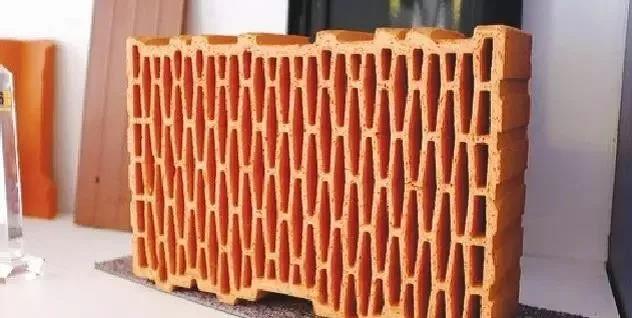Sludge bricks refer to sludges that have been treated with certain treatments, mixed with other raw materials or admixtures, pressure-formed, and calcined to produce sludge bricks. There are two methods for sludge brick making. One is to use the dried sludge directly for brick making, and the other is to use sludge to burn ash bricks. The production process of various bricks is basically the same, and the raw materials are prepared by one blank, one drying and one baking.
Directly making sludge from drying sludge is to dry the sludge by manual drying or to dry naturally outdoors. After drying, it is subjected to some grinding treatment, and then mixed with other raw materials, then pressed and formed. After roasting, sludge bricks are formed. The main points of the process are to control the sludge content to be about 10%-20%. When the sludge content is higher than 30%, the compressive strength of the sludge brick can not reach the performance standard of the brick. Because the organic matter in the sludge will greatly reduce the mechanical properties of the brick.
The second method is to incinerate sludge ash bricks. In Europe, the most common sludge treatment method is sludge incineration, which results in a lot of sludge incineration ash. Therefore, the utilization of sludge incineration ash is fully utilized, and the research methods are more extensive. The chemical composition of the clay is very similar to the chemical composition of the sludge ash after incineration.
Sludge ash usually uses clay as admixture, and the sludge ash content can reach 50%. The comprehensive performance of the brick is good. The main point of the process is that strong pressure is needed during the incineration process, when 100% sludge is used. Incineration of ash bricks, molding pressure should reach 90MPa or more.
The organic matter contained in the sludge has a certain calorific value, and the heat required in the process can be calcined at a high temperature, which effectively reduces the problem of energy consumption, is beneficial to the virtuous cycle of the economy, and is economically feasible. According to the “three-in-one” principle of waste disposal and the requirements of industrialization, there is no problem of destroying the earth and building bricks, and also saving the problem of occupying farmland resources. The development model of circular economy is also in line with China’s sustainable development policy. Reducing resource consumption reduces environmental pollution and is therefore environmentally viable.
Technically, the use of sludge bricks and building materials has a range of requirements, and some single-use sludge bricks can not meet national standards, so it is necessary to use with additives to meet the relevant standards. In addition, the sludge has chemical instability, which will cause fluctuations in product quality within a certain range. Therefore, it is necessary to strictly control the process parameters. The sludge pretreatment in the early stage of sludge bricking requires a certain cost, and the brick processing process after pretreatment is slightly complicated. Therefore, the cost is also slightly higher; at the same time, care should be taken to avoid secondary pollution. The national sludge brick making standard requires sludge used for brick making, which is stabilized, reduced and harmlessly treated. The purpose is to regulate the use of sludge bricks to prevent sludge from entering the brickyard. Disordered to ensure the safety and reliability of sludge bricks and minimize the impact on the environment.



